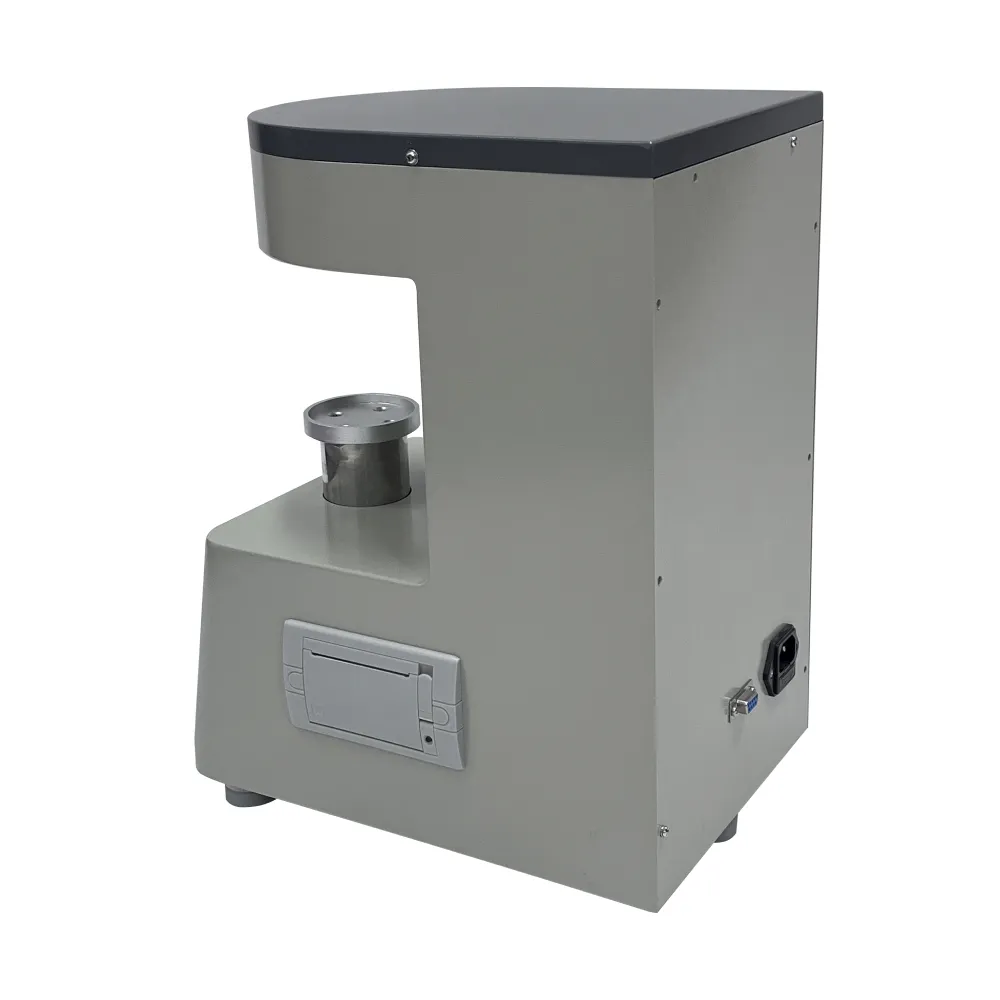 English
English


Understanding AC Current in Generators and Its Applications in Power Systems
Understanding AC Current in Generator Systems
Alternating current (AC) is a fundamental concept within the field of electrical engineering, particularly in the context of generators. Generators are machines that convert mechanical energy into electrical energy, and they play a crucial role in both industrial and domestic power supply systems. Within these generators, AC current is produced, which has distinct characteristics and advantages over direct current (DC).
The Basics of AC Current
AC current is characterized by the periodic reversal of direction. Unlike DC, where the current flows steadily in one direction, AC current oscillates, typically in a sine wave pattern. This oscillation is produced when magnetic fields interact with conductors, a principle that is at the heart of AC generators. The voltage in AC systems is also variable, alternating between positive and negative values over time.
A key feature of AC is its frequency, measured in hertz (Hz), which corresponds to the number of cycles per second. In most countries, the standard electric frequency is either 50Hz or 60Hz. Understanding frequency is essential for efficient power distribution and load management, as different devices and appliances operate optimally at specific frequencies.
How Generators Produce AC Current
AC generators, also known as alternators, generate electricity through electromagnetic induction. When a conductor, typically a coil of wire, moves through a magnetic field, a voltage is induced in the conductor due to Faraday's Law of Electromagnetic Induction. This induced voltage causes an alternating current to flow if the circuit is closed, thanks to the inherent properties of AC.
The mechanical energy required to rotate the coil can come from various sources, such as steam turbines, water turbines, or internal combustion engines. The rotational movement of the coil within the magnetic field is what enables the consistent generation of AC electricity.
generator ac current

Advantages of AC Current
1. Transmission Efficiency One of the primary advantages of AC over DC is the ability to transmit power efficiently over long distances. AC can easily be transformed to higher voltages using transformers, reducing the current and minimizing resistive losses in the transmission lines.
2. Versatility AC systems can power a wide variety of devices. Household appliances, industrial machinery, and commercial equipment are primarily designed to operate with AC power. This versatility makes AC the preferred choice for most power generation and distribution systems worldwide.
3. Simplicity of Generation AC generators are typically more straightforward and cost-effective to construct than their DC counterparts. They require fewer components, and their design is inherently scalable for varying power output needs.
Challenges with AC Current
Despite its numerous advantages, AC current is not without its challenges. One significant issue is the phenomenon known as skin effect, where alternating current tends to flow near the surface of the conductor, potentially leading to increased losses in certain conditions. Another consideration is reactive power, which can cause inefficiencies in systems with significant inductive loads, such as motors and transformers.
Conclusion
The role of AC current in generator systems is critical for modern electricity generation and distribution. Understanding the principles behind AC, its advantages, and the challenges it presents is essential for engineers and technicians working in the field. As we continue to advance technologically, innovations in AC generation and transmission will play a vital role in creating more efficient, sustainable, and reliable power systems for the future. Whether in a hydroelectric plant, a gas-fired power station, or a wind farm, AC generators remain a backbone of energy generation, supplying electricity to homes and industries alike.
-
Differences between open cup flash point tester and closed cup flash point testerNewsOct.31,2024
-
The Reliable Load Tap ChangerNewsOct.23,2024
-
The Essential Guide to Hipot TestersNewsOct.23,2024
-
The Digital Insulation TesterNewsOct.23,2024
-
The Best Earth Loop Impedance Tester for SaleNewsOct.23,2024
-
Tan Delta Tester--The Essential Tool for Electrical Insulation TestingNewsOct.23,2024





